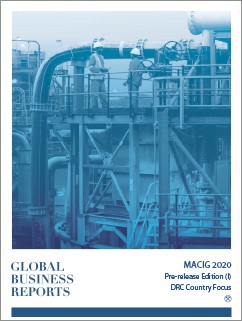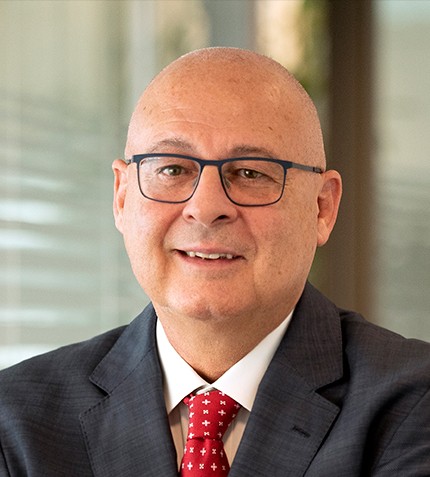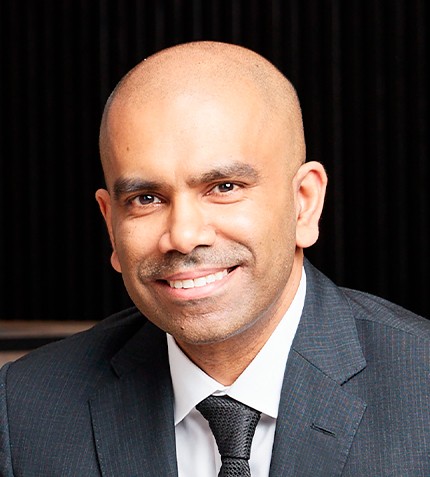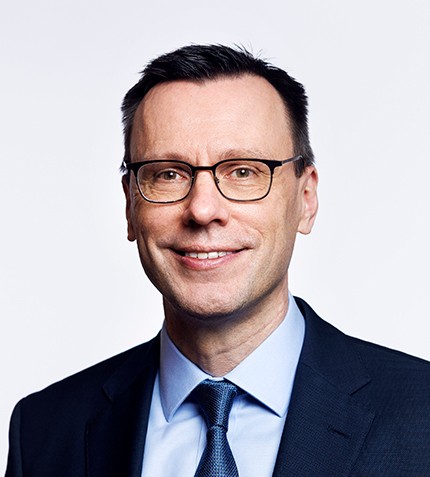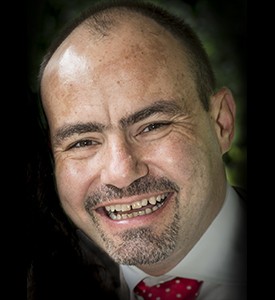
“We are pushing forward in three main sectors: civil infrastructure development on mines and offsite support; electricity solutions with the aim of increasing production capacity in collaboration with SNEL; and industry.”
RELATED PUBLICATION
ARTICLES FROM THIS PUBLICATION
Malta Forrest
EXECUTIVE VICE PRESIDENT & CEO, GROUPE FORREST
Groupe Forrest has played an important part in the DRC’s mining sector and the country’s infrastructure development over almost 100 years of operation. How does the company position itself in the market today?
Groupe Forrest is a completely family-owned company and has been operating in the DRC since 1922 without interruption, weathering all the changes that have occurred in the country. We have a real Congolese identity and have an emphasis on local empowerment, with expatriates forming only 2% of our workforce.
Groupe Forrest is well known in the mining industry; we were even the first private company to have entered a joint venture with a state company in 1997, following which we launched many other joint ventures with the state. However, in 2013, we decided to diversify our portfolio of business offerings, which was historically based on the mining industry, shifting more towards infrastructure and industry. In 2011, we launched our energy division, and, in 2013, we began managing a large-scale energy project – the FRIPT project, financed by Kamoto Copper Company (KCC) – with the goal of increasing the production capacity of the Société Nationale d'Électricité (SNEL), the state-owned energy company, to 450-megawatts. In 2017, in partnership with SNEL, we built the first off-grid solar power plant in the DRC. We also completed the rehabilitation of the hydropower dam of Sanga, which was off grid since 1997.
With such a huge landmass, the DRC is bound to have infrastructure challenges. Have you seen much improvement or recent development, especially driven by the mining sector?
We have seen some development, but there is still a lot to do in terms of solving the high-energy demand of mines. The growth of the mining industry in the DRC is faster than current infrastructure can absorb, and developing long-lasting infrastructure is difficult. This kind of investment needs a long-term view and must be on a very large scale. Unlike in mining, where the deposit act as collateral to raise funds, financing in power generation is much more challenging. Investment can be paid back only once electricity is generated, so it can take some time.
Another challenge is the price of electricity. It must be affordable. A fair price would probably be between 10 and 12 cents/kWh. At present, there is not one business model that can satisfy the entire energy demand. Each case is different and requires a tailor made approach. We also need to take into consideration the fact that it is much more expensive to develop projects in the DRC than in surrounding countries. We are focusing on developing solutions to bring medium-sized projects generating about 100 megawatts or less.
For example, we developed a one-megawatt solar plant in partnership with SNEL in Manono, and we established the distribution network. We are also working with SNEL on the rehabilitation and maintenance of hydropower plants that have not been operational for years. Since there is no single solution that will work across the board, we are experimenting and tailoring solutions to each business case to achieve the best outcome.
What is your impression of the Chinese influence in the DRC, particularly when it comes to potential competition?
Chinese competitors present a challenge due to their rapid response times and their strong financial backing. They hold a very strong position in the DRC, and we have recognized the need to work with these companies.
In order to remain competitive, we ensure our work is of the highest quality and maintain a very strong focus on safety, which is very important to our clients and us from the Western world. Although our high standards make our services more expensive, we implement technology and engineering to make our projects as cost-effective and therefore as cost-competitive as possible.
With Groupe Forrest’s particular expertise in open pit mining, do you expect a transition in focus as surface oxides are depleted?
Mining companies are already seeing a change in approach as surface oxides are depleted and more companies venture underground. Since underground mining is normally subcontracted, we recently entered a joint venture partnership with Murray & Roberts Cementation, a world class mining subcontracting company based in South Africa, to be sure we are ready for this change.
Where do you see the most opportunity for growth going forward?
We are pushing forward in three main sectors: civil infrastructure development on mines and offsite support; electricity solutions with the aim of increasing production capacity in collaboration with SNEL; and industry. This final category is a new division. It features three industrial workshops: electrical, metal, mechanical and a foundry. Our strategy in this field is to develop and to offer industries, including mining, services and products of a superior quality locally, that are at least similar to what they previously sought outside of Congo.
Do you have a final message regarding the future of the DRC’s mining industry?
The new mining code, which may still be reviewed by government, will pose challenges for the development of new mining companies. Although business in the DRC can be challenging, it is possible and profitable. Investors should give the government a chance – they have positioned themselves as pro-business and eager to promote investment into the DRC.




